Home>Storage Ideas>Kitchen Storage>How To Clean Tarnished Copper To Restore Its Shine And Patina
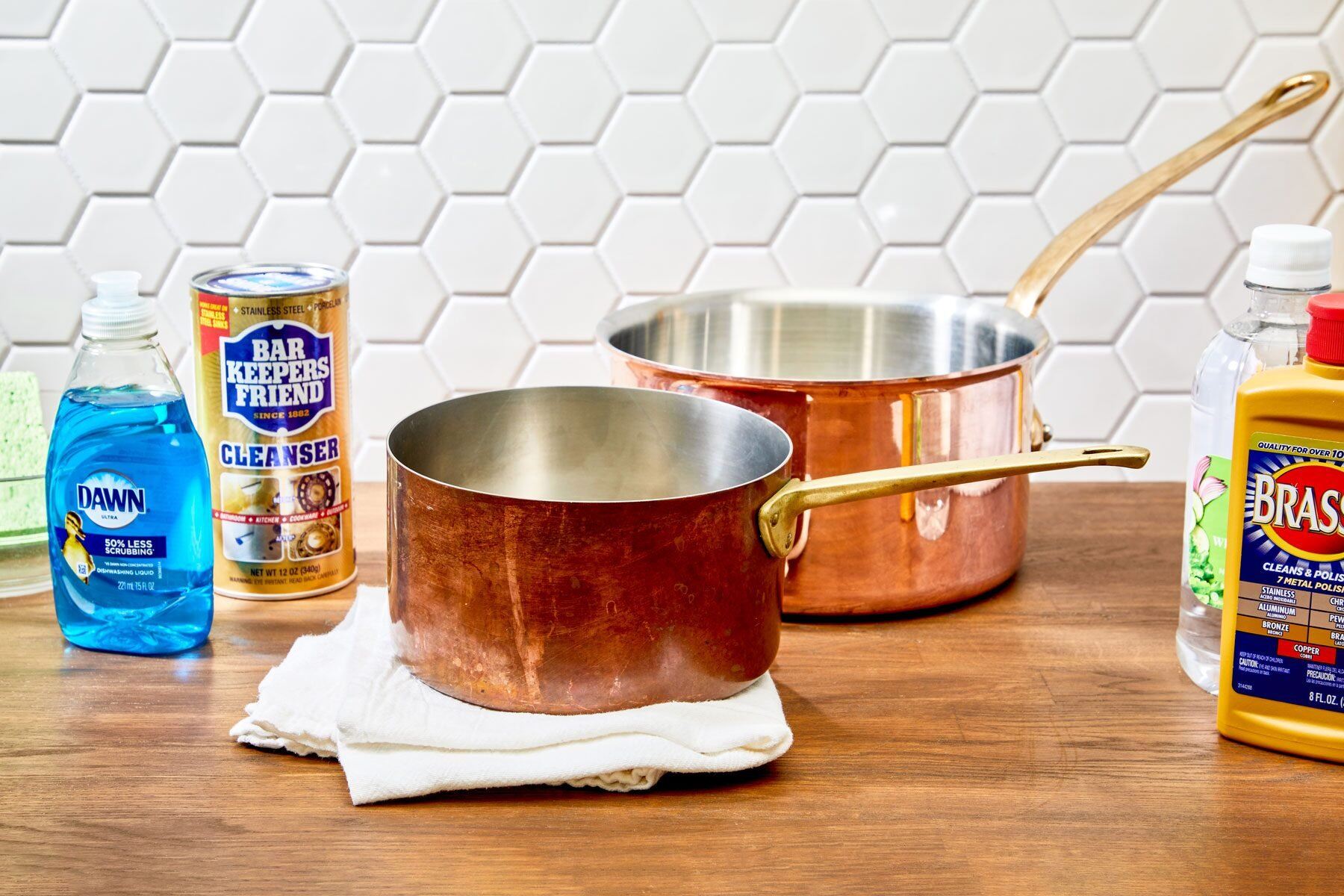

Kitchen Storage
How To Clean Tarnished Copper To Restore Its Shine And Patina
Modified: February 27, 2024
Learn how to clean tarnished copper and bring back its shine and patina with our easy-to-follow tips and tricks. Discover the best kitchen storage ideas to keep your space organized and clutter-free.
(Many of the links in this article redirect to a specific reviewed product. Your purchase of these products through affiliate links helps to generate commission for Storables.com, at no extra cost. Learn more)
Introduction
Copper is a beautiful metal that adds a touch of elegance and warmth to any space. Whether it’s in the form of cookware, kitchen utensils, or decorative pieces, copper items are not only functional but also visually appealing. However, over time, copper can become tarnished, losing its shine and developing a dull, greenish patina. This tarnish can be caused by exposure to air, moisture, and various chemicals.
If you have tarnished copper items in your kitchen, fear not! In this article, we will guide you through the process of cleaning tarnished copper to restore its shine and patina. We will explore various cleaning methods using common household ingredients and commercially available copper cleaners. Additionally, we will discuss techniques for polishing the copper and tips for maintaining its shine and patina over time.
Before we dive into the cleaning methods, let’s first understand what tarnished copper is and why it happens. Tarnish is a thin layer of corrosion that forms on the surface of copper when it reacts with oxygen and sulfur compounds in the air. This reaction forms copper sulfide, which appears as a dark brown or greenish layer on the metal. Tarnish not only affects the appearance of copper but can also weaken its structural integrity if left untreated.
To begin the cleaning process, you will need a few materials on hand:
- A soft cloth or sponge
- Lemon
- Salt
- Vinegar
- Baking soda
- Tomato ketchup
- Commercial copper cleaner
Now that you have your materials ready, let’s move on to preparing the copper for cleaning.
Key Takeaways:
- Restore the shine of tarnished copper using natural ingredients like lemon, vinegar, and baking soda, or opt for a commercial copper cleaner for convenience and effectiveness.
- Maintain the timeless beauty of copper by regular dusting, proper handling, and protective coatings, embracing the natural patina, and displaying items away from moisture and direct sunlight.
Understanding tarnished copper
Before we delve into the various methods of cleaning tarnished copper, it’s important to have a good understanding of why copper tarnishes in the first place. Copper is a highly reactive metal and is prone to oxidization, especially when exposed to air, moisture, and certain chemicals.
When copper is exposed to air, it undergoes a process called oxidation. This means that the surface of the copper reacts with oxygen in the air, forming copper oxide. Initially, copper oxide appears as a brownish or reddish tint on the surface of the metal, which can be easily polished or buffed away to restore the copper’s shine.
However, if the copper item is exposed to moisture or certain chemicals, a more complex reaction occurs. This leads to the formation of copper sulfide, which appears as a dark brown or greenish layer on the surface of the metal. Unlike copper oxide, copper sulfide is more resilient and requires more intensive cleaning methods to remove.
Tarnish not only affects the aesthetic appeal of copper but can also weaken its structural integrity over time. If left untreated, the tarnish can penetrate deeper into the metal, corroding it from within. It’s important to clean tarnished copper promptly to prevent further damage and preserve its beauty.
In addition to air and moisture, certain factors can accelerate the tarnishing process. Exposure to sulfur compounds, such as those found in eggs or certain cleaning agents, can cause copper to tarnish more rapidly. Similarly, contact with acidic substances like vinegar or lemon juice can also lead to tarnishing.
Now that you have a better understanding of why copper tarnishes, let’s move on to the various methods you can use to clean and restore your tarnished copper items.
Gathering the materials needed
Before you begin the process of cleaning tarnished copper, it’s essential to gather all the necessary materials. These materials will vary depending on the cleaning method you choose, but having them ready beforehand will make the process smoother and more efficient.
Here are some common materials you may need:
- A soft cloth or sponge: This will be your main tool for cleaning and polishing the copper. Make sure to choose a soft cloth or sponge to avoid scratching the surface of the metal.
- Lemon: The acidity of lemon juice makes it an effective natural cleaner for copper. It helps to remove tarnish and bring back the shine to the metal.
- Salt: Salt acts as an abrasive agent and works in conjunction with the lemon juice to remove tarnish from copper surfaces.
- Vinegar: Vinegar is another common household item that can be used to clean tarnished copper. Its acidic properties help break down the tarnish and restore the copper’s shine.
- Baking soda: Baking soda is a versatile cleaner that can be used in various ways to clean copper. It can be combined with other ingredients like lemon juice or vinegar to create a cleaning paste or solution.
- Tomato ketchup: Surprisingly, tomato ketchup can be an effective cleaner for tarnished copper. The acidity and tomato-based properties of ketchup help to dissolve tarnish and restore the shine to the metal.
- Commercial copper cleaner: If you prefer a ready-made solution specifically designed for cleaning copper, you can purchase a commercial copper cleaner. These cleaners are formulated to remove tarnish without causing damage to the metal.
Having these materials on hand will ensure that you have everything you need to effectively clean and restore your tarnished copper items. Additionally, it’s a good idea to gather a small bowl or container to mix ingredients and a clean, dry cloth for polishing the copper after cleaning.
With the necessary materials at your disposal, you’re now ready to begin the process of cleaning your tarnished copper and restoring its shine and patina. In the following sections, we will explore different cleaning methods and techniques that you can use based on the level of tarnish and the availability of ingredients.
Preparing the copper for cleaning
Before diving into the cleaning process, it’s important to prepare your copper items to ensure optimal results. Taking a few simple steps will help facilitate the cleaning process and protect the integrity of the metal.
Here’s how you can prepare your copper for cleaning:
- Remove any loose dirt or debris: Start by wiping the surface of the copper item with a soft cloth or sponge to remove any loose dirt or debris. This will prevent these particles from scratching the metal during the cleaning process.
- Rinse the copper with warm water: After removing the loose dirt, rinse the copper item under warm water to remove any remaining debris. This will ensure a clean surface for the cleaning process.
- Protect the surrounding area: When cleaning copper, it’s important to protect the surrounding area to prevent any damage to other surfaces. Place a towel or old newspaper underneath the copper item to catch any spills or drips that may occur during the cleaning process.
- Test a small area: If you’re using a new cleaning method or product, it’s always a good idea to test it on a small, inconspicuous area of the copper item first. This will help ensure that the cleaning method or product doesn’t cause any adverse reactions or damage to the metal.
By following these preparation steps, you’ll be ready to move on to the cleaning methods for tarnished copper. Whether you choose to use natural ingredients like lemon and salt, common household items like vinegar and baking soda, or a commercial copper cleaner, these preparation steps will ensure that you have a clean and suitable surface to work with.
Now that you’ve prepared your copper items, it’s time to explore the various cleaning methods and techniques that can restore their shine and bring back their original beauty. Each method offers a unique approach to cleaning tarnished copper, so choose the one that best suits your preferences and the materials you have readily available.
Cleaning methods for tarnished copper
When it comes to cleaning tarnished copper, there are several effective methods you can choose from. These methods utilize a combination of natural ingredients, common household items, or commercial copper cleaners. Select the method that best suits your preferences and the materials you have readily available. Let’s explore some popular cleaning methods:
Method 1: Lemon and salt
This natural cleaning method involves the use of lemon juice and salt. Lemon contains citric acid, which helps dissolve tarnish, while salt acts as an abrasive agent to scrub away the tarnish.
To use this method, sprinkle salt onto the surface of the copper and then rub it gently with a cut lemon or a cotton cloth soaked in lemon juice. Allow the lemon juice to sit on the copper for a few minutes, then rinse it off with warm water. Dry the copper thoroughly with a soft cloth.
Method 2: Vinegar and salt
Vinegar is an excellent natural cleaner that can be used to remove tarnish from copper. This method involves creating a solution of equal parts vinegar and water, adding salt to the mixture, and using it to clean the copper.
To begin, mix equal parts vinegar and water in a bowl or container. Add salt to the solution, stirring until it dissolves. Dip a soft cloth or sponge into the solution and gently rub the tarnished copper, focusing on the areas with the most tarnish. Rinse the copper with warm water and dry it thoroughly.
Method 3: Baking soda and lemon juice
Baking soda is a versatile cleaning agent that can be combined with lemon juice to create a powerful cleaner for tarnished copper. The combination of these ingredients helps remove tarnish and restore the shine to the metal.
To use this method, create a paste by mixing baking soda and lemon juice in a bowl. Apply the paste to the tarnished areas of the copper and let it sit for a few minutes. Gently scrub the copper with a soft cloth or sponge, then rinse it with warm water and dry it thoroughly.
Method 4: Tomato ketchup
Surprisingly, tomato ketchup can be an effective cleaner for tarnished copper. The acidity and tomato-based properties of ketchup help dissolve tarnish and restore the shine to the metal.
To use this method, simply apply a generous amount of tomato ketchup to the tarnished copper and let it sit for about 30 minutes. Afterward, scrub the copper gently with a soft cloth or sponge, focusing on the areas with tarnish. Rinse the copper with warm water and dry it thoroughly.
Read more: How To Keep Copper Gutters From Tarnishing
Method 5: Commercial copper cleaner
If you prefer a ready-made solution tailored specifically for cleaning copper, you can opt for a commercial copper cleaner. These cleaners are formulated to remove tarnish effectively and restore the shine without causing damage to the metal.
Follow the instructions provided with the commercial copper cleaner for the best results. Generally, you will apply the cleaner to the copper, let it sit for a specified time, and then rinse it off with warm water. Dry the copper thoroughly with a soft cloth.
Now that you’re aware of different cleaning methods for tarnished copper, you can choose the one that suits your preferences and the materials you have at hand. Once the tarnish is removed, it’s time to polish the copper and restore its shine and patina.
Method 1: Lemon and salt
One of the most popular and effective natural methods for cleaning tarnished copper is by using lemon and salt. Lemon contains citric acid, which helps dissolve tarnish, while salt acts as an abrasive agent to scrub away the tarnish. This method is easy to use and requires minimal materials.
To clean tarnished copper with lemon and salt, follow these steps:
- Cut a lemon in half or squeeze its juice into a small bowl.
- Dip a soft cloth or sponge into the lemon juice.
- Sprinkle some salt onto the surface of the tarnished copper.
- Rub the lemon-soaked cloth or sponge onto the copper, applying gentle pressure. Focus on the areas with the most tarnish.
- Allow the lemon juice and salt to sit on the copper for a few minutes. This will give the citric acid and salt enough time to break down the tarnish.
- Rinse the copper thoroughly with warm water to remove any residue.
- Dry the copper with a soft cloth until it is completely dry.
After following these steps, you should notice a significant improvement in the appearance of the tarnished copper. The citric acid in the lemon and the abrasive action of the salt work together to remove the tarnish and restore the shine to the metal surface. Remember to always handle the copper gently to avoid scratching or damaging it.
If the tarnish is particularly stubborn, you may need to repeat the process or use a different cleaning method. It’s also worth noting that this method is best suited for smaller copper items, such as jewelry or utensils. For larger copper objects, you may need to adjust the quantities of lemon juice and salt accordingly.
Now that you’ve successfully cleaned your tarnished copper using the lemon and salt method, it’s time to move on to the next steps of polishing and restoring the copper’s shine.
Method 2: Vinegar and salt
Another effective method for cleaning tarnished copper is by using vinegar and salt. Vinegar is a versatile household ingredient known for its cleaning properties, while salt acts as an abrasive agent to scrub away tarnish. Together, they create a powerful cleaning solution that can restore the shine to your copper items.
To clean tarnished copper with vinegar and salt, follow these steps:
- In a bowl or container, mix equal parts vinegar and water.
- Add salt to the vinegar and water mixture, stirring until it dissolves.
- Dip a soft cloth or sponge into the vinegar and salt solution.
- Gently rub the tarnished copper with the cloth or sponge, focusing on the areas with the most tarnish.
- Continue rubbing until the tarnish starts to loosen and come off.
- Rinse the copper thoroughly with warm water to remove any residue.
- Dry the copper with a soft cloth until it is completely dry.
It’s important to note that vinegar is an acid, so it’s essential to exercise caution and avoid using this method on copper items with delicate or decorative patinas. This method is best suited for removing heavy tarnish from solid copper items, such as cookware or larger utensils.
The combination of vinegar’s acidity and the abrasive action of the salt helps break down and remove tarnish, revealing the natural shine of the copper beneath. If the tarnish is stubborn, you may need to repeat the process or use a different cleaning method to achieve the desired results.
Once you’ve successfully cleaned your tarnished copper using the vinegar and salt method, it’s time to move on to the next steps of polishing and restoring the copper’s shine.
Method 3: Baking soda and lemon juice
If you’re looking for a powerful yet gentle method to clean tarnished copper, combining baking soda and lemon juice can be highly effective. Baking soda acts as a mild abrasive, while lemon juice provides the acidic properties needed to dissolve tarnish.
To clean tarnished copper with baking soda and lemon juice, follow these steps:
- In a small bowl, mix baking soda and lemon juice to create a thick paste. The ratio of baking soda to lemon juice should be about 2:1.
- Apply the paste to the tarnished areas of the copper, using a soft cloth or sponge.
- Gently rub the paste onto the copper, applying light pressure as needed.
- Allow the paste to sit on the tarnished areas for about 5-10 minutes.
- Using a soft cloth or sponge, gently scrub the tarnished areas to remove the paste and loosen the tarnish.
- Rinse the copper thoroughly with warm water to remove any residue.
- Dry the copper with a soft cloth until it is completely dry.
This method is particularly effective for removing tarnish from intricate or hard-to-reach areas, as the paste can easily be applied and maneuvered into different crevices. The combination of baking soda’s abrasive properties and lemon juice’s acidic nature helps break down the tarnish and restore the shine to your copper items.
Remember to use gentle movements and be cautious not to scratch or damage the copper surface while cleaning. If needed, you can repeat the process or focus on specific areas with stubborn tarnish to achieve the desired results.
Now that you’ve successfully cleaned your tarnished copper using the baking soda and lemon juice method, it’s time to move on to the next steps of polishing and restoring the copper’s shine.
Read more: How To Clean Tarnished Silver Cutlery
Method 4: Tomato ketchup
Believe it or not, tomato ketchup can be surprisingly effective in cleaning tarnished copper. The acidity and tomato-based properties of ketchup make it an excellent natural cleaner for removing tarnish and restoring the shine to copper items. This method is simple, affordable, and can produce great results.
To clean tarnished copper with tomato ketchup, follow these steps:
- Squeeze a generous amount of tomato ketchup onto a soft cloth or sponge.
- Apply the ketchup to the tarnished areas of the copper, ensuring they are fully covered.
- Allow the ketchup to sit on the tarnished copper for approximately 30 minutes. This will give its acidic properties enough time to break down the tarnish.
- Gently rub the tarnished areas with the cloth or sponge, applying light pressure to remove the tarnish.
- Rinse the copper thoroughly with warm water to remove any residue from the tomato ketchup.
- Dry the copper with a soft cloth until it is completely dry.
As you rub the copper with the ketchup, you may notice the tarnish starting to lift and the shine gradually returning to the surface. The acidity of the tomato ketchup helps dissolve the tarnish, making it easier to remove.
This method is especially useful for smaller copper items like jewelry or utensils. However, it can also be applied to larger copper objects, adjusting the amount of ketchup used as needed.
After cleaning with tomato ketchup, the copper may have a slight odor or residue. Rinse it thoroughly with warm water to ensure all traces of ketchup are removed. Once dry, you’ll be left with a beautifully restored, tarnish-free copper item.
Now that you’ve successfully cleaned your tarnished copper using the tomato ketchup method, it’s time to move on to the next steps of polishing and restoring the copper’s shine.
Method 5: Commercial copper cleaner
If you prefer a convenient and reliable option for cleaning tarnished copper, using a commercial copper cleaner can be an excellent choice. These cleaners are specifically formulated to effectively remove tarnish from copper surfaces without causing damage to the metal. They are readily available in most supermarkets or hardware stores.
To clean tarnished copper with a commercial copper cleaner, follow these steps:
- Read and follow the instructions provided on the commercial copper cleaner packaging. Different cleaners may have varying application methods and recommended contact times.
- Apply the commercial copper cleaner to the tarnished areas of the copper, following the manufacturer’s instructions.
- Allow the cleaner to sit on the copper for the specified duration, ensuring it has enough time to break down the tarnish.
- Using a soft cloth or sponge, gently scrub the tarnished areas to facilitate the cleaning process.
- Rinse the copper thoroughly with warm water to remove any residual cleaner.
- Dry the copper with a soft cloth until it is completely dry.
Commercial copper cleaners are designed to be highly effective while minimizing the effort required on your part. They are often formulated with specific ingredients that target tarnish and restore the shine to the copper surface. Always follow the instructions provided by the manufacturer to ensure optimal results and avoid any potential damage.
By using a commercial copper cleaner, you can have the confidence that your tarnished copper items will be thoroughly cleaned and restored. These cleaners are particularly useful for larger copper objects or items with intricate details where other cleaning methods may be challenging to apply.
Remember, if you have any concerns or questions, reach out to the manufacturer of the commercial copper cleaner for additional guidance or clarification.
Now that you’ve successfully cleaned your tarnished copper using a commercial copper cleaner, it’s time to move on to the next steps of polishing and restoring the copper’s shine.
Polishing and Restoring the Copper’s Shine
After successfully cleaning your tarnished copper using one of the methods mentioned earlier, it’s time to take the next step: polishing and restoring the copper’s shine. These techniques will help bring back the lustrous appearance of your copper items and protect them from future tarnish. Let’s explore some effective methods:
Method 1: Olive oil and flour
An easy and natural way to polish copper is by creating a paste from olive oil and flour. This method helps to buff the surface, remove any residual tarnish, and restore the shine of the copper.
- Mix equal parts olive oil and flour in a small bowl to form a thick paste.
- Apply the paste to the copper using a soft cloth or sponge.
- Gently rub the paste onto the copper, using circular motions and applying light pressure.
- Continue rubbing until the copper starts to shine and the paste turns dark from the removed tarnish.
- Wipe off the paste with a clean, dry cloth.
- Buff the copper surface with a fresh cloth, using brisk back-and-forth motions to further enhance its shine.
Read more: How To Clean Copper Countertops
Method 2: Lemon juice and baking soda paste
If you prefer a slightly more abrasive approach, you can create a paste using lemon juice and baking soda. This method helps brighten the copper and remove any residual tarnish that may remain.
- In a small bowl, mix lemon juice and baking soda to form a thick paste.
- Apply the paste to the copper, using a soft cloth or sponge.
- Gently rub the paste onto the copper, focusing on areas that still show tarnish or discoloration.
- Leave the paste on the copper for a few minutes.
- Rinse the copper thoroughly with warm water to remove the paste.
- Dry the copper with a clean, dry cloth.
Method 3: Commercial copper polish
If you prefer a ready-made solution, you can use a commercial copper polish specifically designed to restore the shine of tarnished copper. These polishes often come as creams or sprays and contain ingredients that add a protective layer to the copper, prolonging its shine.
- Read the instructions provided with the commercial copper polish to familiarize yourself with the recommended application method.
- Apply the polish to the copper using a soft cloth or sponge, following the manufacturer’s instructions.
- Gently rub the polish onto the copper in circular motions, allowing it to penetrate the surface.
- Buff the copper with a clean, dry cloth to remove any excess polish and enhance its shine.
Regardless of the method you choose, remember to handle the copper with care while polishing to avoid any scratches or damage. These methods will not only restore the shine of your copper items but also provide a protective layer that helps prevent future tarnish.
With your newly polished copper items, it’s important to maintain their shine and patina over time.
Method 1: Olive oil and flour
Polishing copper with a simple paste made from olive oil and flour is an effective and natural method to restore its shine. This method works well for removing residual tarnish and providing a protective finish to the copper surface.
To polish copper using olive oil and flour, follow these steps:
- In a small bowl, mix equal parts olive oil and flour to create a thick paste. Adjust the quantities as needed based on the size of the copper item you’re polishing.
- Apply the paste to the tarnished areas of the copper using a soft cloth or sponge.
- Gently rub the paste onto the copper, using circular motions and applying light pressure.
- Continue rubbing the paste onto the copper until you see the tarnish start to lift and the shine of the metal begins to emerge.
- Once you’re satisfied with the shine, wipe off the paste using a clean, dry cloth.
- To further enhance the copper’s shine, buff the surface with a fresh cloth, using brisk back-and-forth motions.
The combination of the olive oil and flour works to remove tarnish, while also adding a protective layer to prevent future oxidation and maintain the copper’s luster.
As you polish the copper, you may notice the copper residue darkening the paste. This is a sign that the tarnish is being lifted from the metal. Ensure that you cover all tarnished areas of the copper with the paste, and be sure to not leave any residue behind after polishing.
Once you have finished polishing, use a soft cloth to wipe away any excess paste or residue. Buffing the surface in quick, back-and-forth motions will help achieve a brilliant shine.
This method is suitable for various copper items, including cookware, utensils, or decorative pieces. Just remember to handle the copper items carefully to avoid scratching the surface during the polishing process.
Now that you’ve successfully restored the shine of your copper using the olive oil and flour method, your copper items will have a beautiful and lustrous appearance. Enjoy the renewed beauty and maintain the shine of your copper with regular cleaning and gentle polishing.
Method 2: Lemon juice and baking soda paste
Using a paste made from lemon juice and baking soda is an effective and natural method for polishing copper. The combination of these two ingredients helps to remove tarnish, restore the shine, and brighten the appearance of the copper surface.
To polish copper using a lemon juice and baking soda paste, follow these steps:
- In a small bowl, mix lemon juice and baking soda to create a thick paste. The ratio of lemon juice to baking soda should be approximately 2:1.
- Apply the paste to the tarnished areas of the copper using a soft cloth or sponge. Ensure that you cover all tarnished spots evenly.
- Gently rub the paste onto the copper, using circular motions and applying light pressure.
- Continue rubbing the paste onto the copper until you see the tarnish starting to fade and the shine of the metal reemerging.
- Allow the paste to sit on the copper for a few minutes to further break down the tarnish.
- Rinse the copper thoroughly with warm water to remove the paste.
- Dry the copper with a soft cloth until it is completely dry.
The abrasive nature of the baking soda combined with the acid from the lemon juice helps to remove stubborn tarnish from the copper surface. The paste works to gently buff away the tarnish, revealing the natural shine of the copper.
As you rub the paste onto the copper, you may notice the tarnish appearing on the cloth or sponge. This is a positive sign that the tarnish is being lifted. Make sure to cover all the tarnished areas, applying the paste evenly for consistent results.
After polishing, rinse the copper thoroughly under warm water to eliminate any residue from the baking soda and lemon juice paste. Dry the copper with a soft cloth to prevent water spots and to reveal its renewed shine.
This method is suitable for various copper items, such as pots, pans, jewelry, or decorative pieces. However, be cautious when polishing copper with intricate designs or delicate patinas, as the abrasive nature of the paste may alter their appearance.
With the lemon juice and baking soda paste, you can bring back the luster of your tarnished copper items and enjoy the richness of their renewed shine.
Method 3: Commercial copper polish
If you prefer a convenient and ready-to-use option for polishing copper, using a commercial copper polish is an excellent choice. These specialized copper polishes are specifically formulated to remove tarnish, restore shine, and protect the surface of copper items without causing damage.
To polish copper using a commercial copper polish, follow these steps:
- Read and follow the instructions provided with the commercial copper polish to familiarize yourself with the recommended application method.
- Ensure that the copper surface is clean and dry before applying the polish.
- Apply a small amount of the commercial copper polish to a soft cloth or sponge, following the manufacturer’s instructions.
- Gently rub the polish onto the copper surface, using circular motions to evenly distribute the polish and cover all tarnished areas.
- Continue rubbing until you see the tarnish starting to fade and the shine of the copper surface intensifying.
- Once you’re satisfied with the shine, use a clean portion of the cloth or a fresh cloth to buff the copper surface, enhancing its brilliance.
The commercial copper polish contains specialized ingredients that work to remove tarnish, oxidation, and other surface imperfections. Additionally, it leaves a protective coating that helps prevent future tarnish and maintains the shine of the copper over time.
While using a commercial copper polish is convenient, it’s important to follow the manufacturer’s instructions for the best results. Some commercial polishes may require a specific amount of time to sit on the copper surface before buffing, so be sure to allow adequate contact time as directed.
Always handle the copper items with care when applying the polish to avoid accidental scratching or damage. Although commercial copper polishes are generally safe to use, it’s advisable to wear gloves and work in a well-ventilated area.
After polishing the copper, you’ll notice a renewed shine and a protective layer that will help maintain the copper’s appearance. Regularly clean and polish your copper items with the commercial copper polish to keep them looking their best over time.
Using a commercial copper polish simplifies the polishing process, allowing you to easily maintain the natural luster of your copper items with minimal effort.
Maintaining the Shine and Patina of Copper
Once you have successfully polished and restored the shine of your copper items, it’s important to maintain their beauty and prevent future tarnish. With a few simple care and maintenance practices, you can keep your copper looking its best for years to come. Here are some tips for maintaining the shine and patina of copper:
1. Regular dusting and cleaning
Dust your copper items regularly with a soft, lint-free cloth to remove any surface dirt or debris. This helps prevent the buildup of grime that can contribute to tarnish. Additionally, periodically clean the copper with a mild dish soap and warm water, especially if it comes into contact with food or oils. Rinse thoroughly and dry with a soft cloth.
2. Avoid exposure to moisture
Copper is highly sensitive to moisture, which can accelerate tarnish. Avoid leaving copper items in humid conditions or areas with high moisture levels. If accidental spills occur, promptly dry the copper surface to prevent prolonged exposure to moisture.
3. Apply protective coatings
To protect copper items and maintain their shine, consider applying a thin protective coating. Clear lacquer, wax, or a specialized copper sealant can provide a barrier against oxidation. However, be cautious when applying coatings to items that come into contact with food or heat sources.
4. Handle with care
When handling copper items, wear gloves to prevent oils and fingerprints from transferring onto the surface. Avoid using abrasive materials and harsh chemical cleaners that can damage the copper. Instead, use gentle cleaning methods, such as those we mentioned earlier, to maintain the surface integrity.
5. Display properly
Store or display your copper items in a dry, well-ventilated area away from direct sunlight. Sunlight exposure can cause discoloration and accelerate tarnishing. Use protective covers or storage bags for copper items that are not frequently used to minimize exposure to the elements.
6. Embrace the natural patina
Copper develops a natural patina over time, which adds character and depth to the metal. If you prefer a more rustic or vintage look, embrace the patina and allow it to develop naturally. To protect the patina, handle the item with care and avoid excessive polishing or cleaning, as this can remove or alter the patina.
By following these maintenance tips, you can enjoy the long-lasting beauty of your copper items. Regular cleaning, proper handling, and protective measures will help preserve the shine and patina of your copper, allowing its timeless elegance to shine through.
Remember, each copper item is unique, and its care may vary depending on factors such as the item’s age, decorative elements, and usage. Always consider the specific needs of your copper item and adjust your maintenance routine accordingly.
Mix equal parts of salt and white vinegar to create a paste. Apply the paste to the tarnished copper and let it sit for 10-15 minutes. Then, scrub the copper with a soft-bristled brush or cloth. Rinse with water and dry thoroughly to restore its shine and patina.
Conclusion
Cleaning and maintaining the shine of tarnished copper is a rewarding process that allows you to restore the beauty and functionality of your copper items. Whether it’s cookware, utensils, jewelry, or decorative pieces, implementing the right cleaning techniques and maintenance practices will ensure that your copper continues to shine for years to come.
Throughout this article, we explored various methods for cleaning tarnished copper, including natural ingredients like lemon juice, vinegar, baking soda, tomato ketchup, as well as commercial copper cleaners. Each method offers its unique approach to removing tarnish and restoring the shine of copper, and you can choose the method that best suits your preferences and the materials you have available.
After cleaning, we discussed different techniques for polishing the copper and bringing back its shine. Methods such as using an olive oil and flour paste, a lemon juice and baking soda paste, or a commercial copper polish help to buff the surface, remove residual tarnish, and enhance the overall luster of the copper.
Lastly, we explored the importance of maintaining the shine and patina of copper through regular dusting, proper handling, and protective measures. By following these tips, you can keep your copper items in excellent condition, preventing tarnish and enjoying their timeless beauty.
Remember, each copper item is unique, and its care may vary. Always consider the specific needs of your copper items, adjust your cleaning and maintenance routine accordingly, and handle them with care to avoid any accidental damage.
By incorporating these cleaning and maintenance practices into your routine, you can ensure that your copper items remain stunning and retain their shine for generations to come. So go ahead, embrace the beauty of copper in your kitchen and home, and enjoy the elegance and warmth it brings to your living space.
Frequently Asked Questions about How To Clean Tarnished Copper To Restore Its Shine And Patina
Was this page helpful?
At Storables.com, we guarantee accurate and reliable information. Our content, validated by Expert Board Contributors, is crafted following stringent Editorial Policies. We're committed to providing you with well-researched, expert-backed insights for all your informational needs.
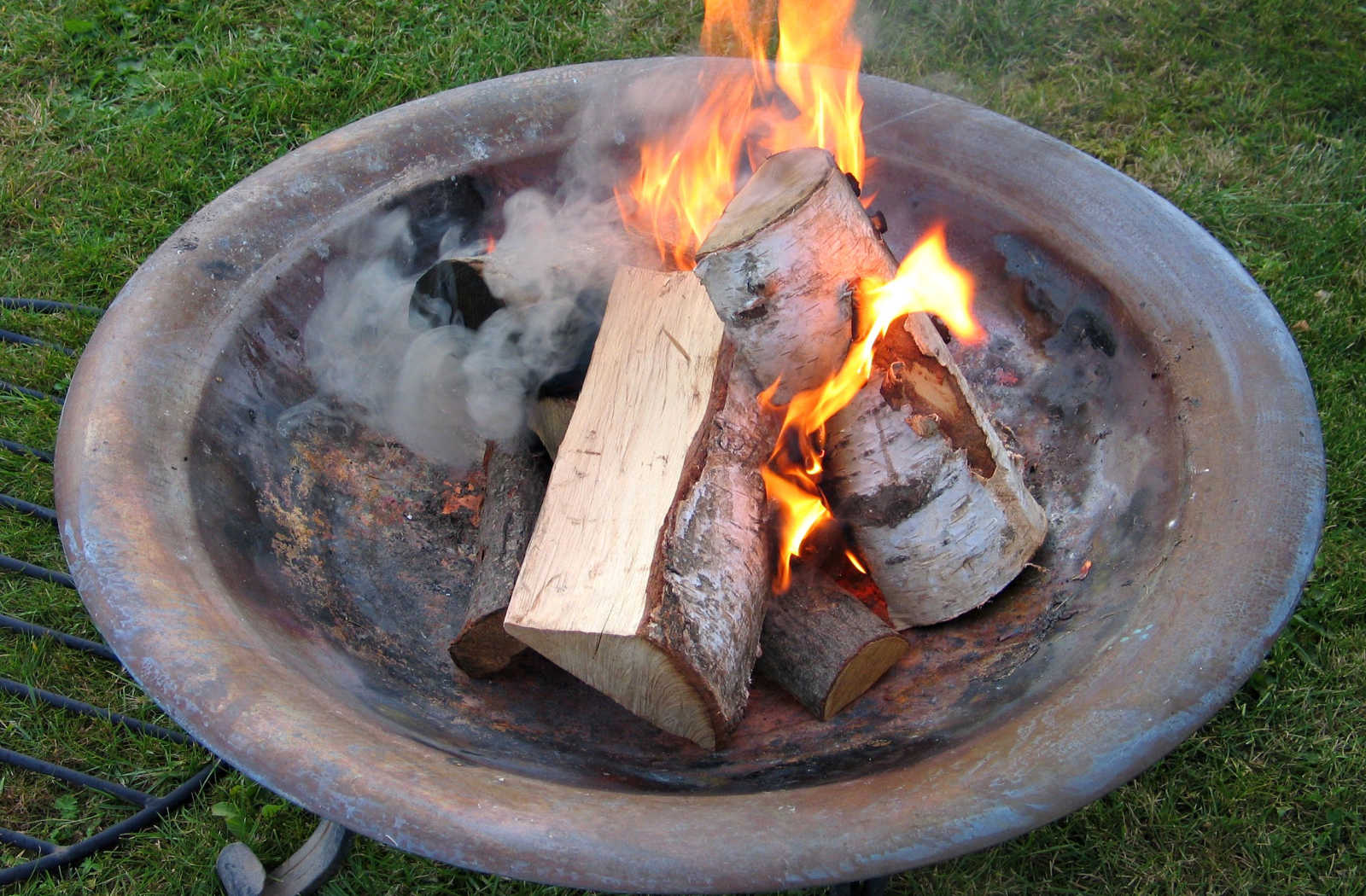
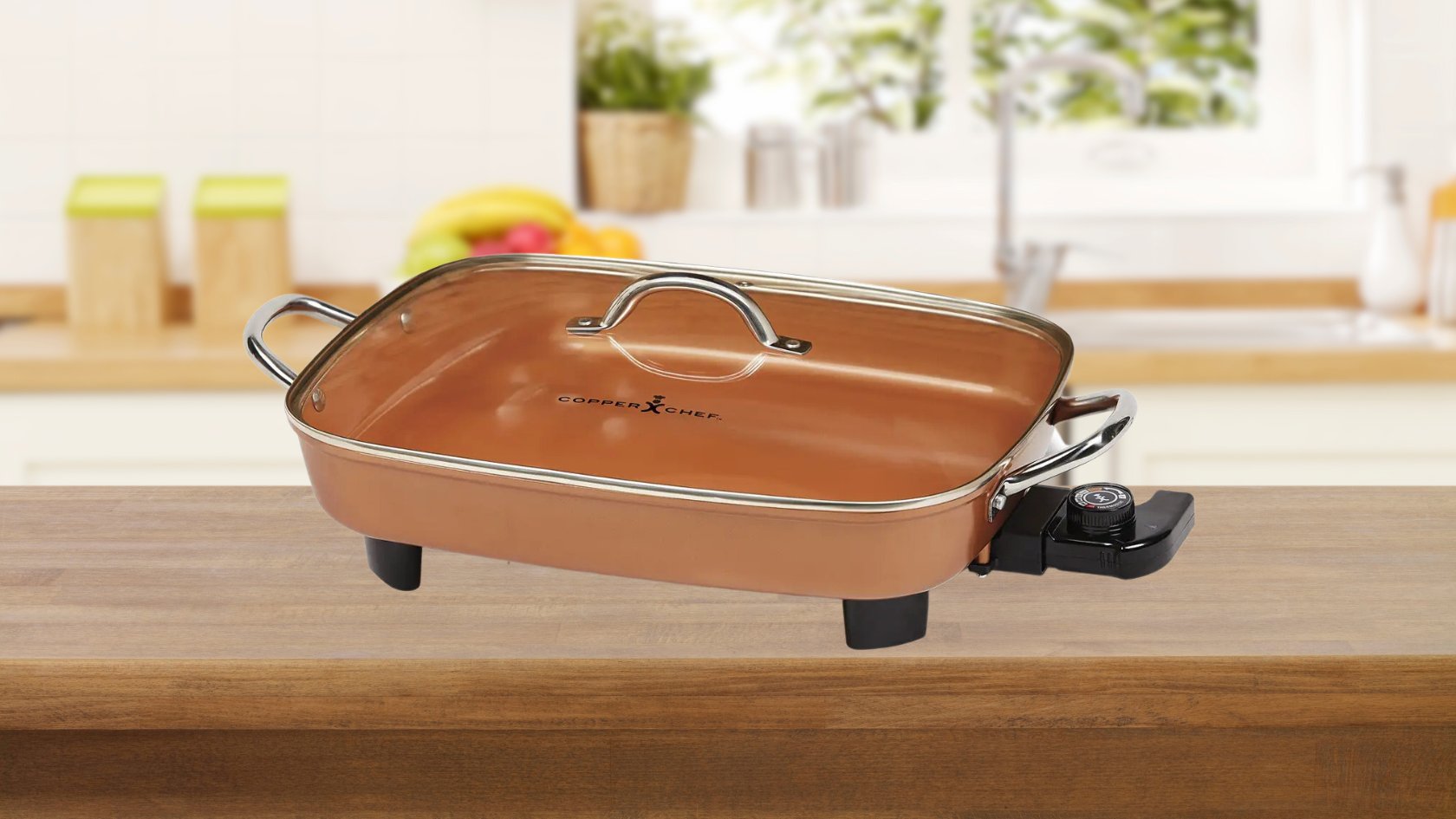
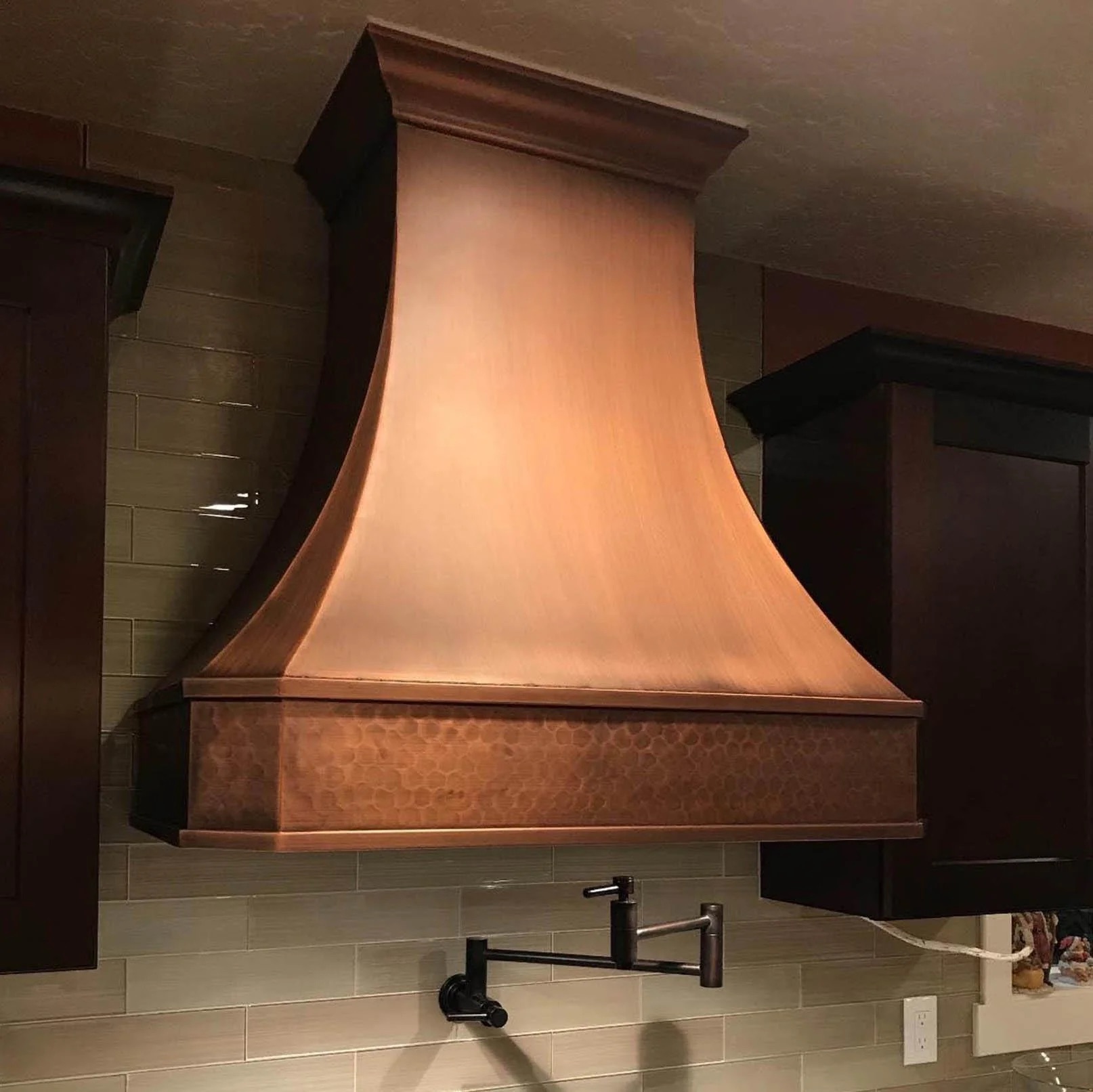
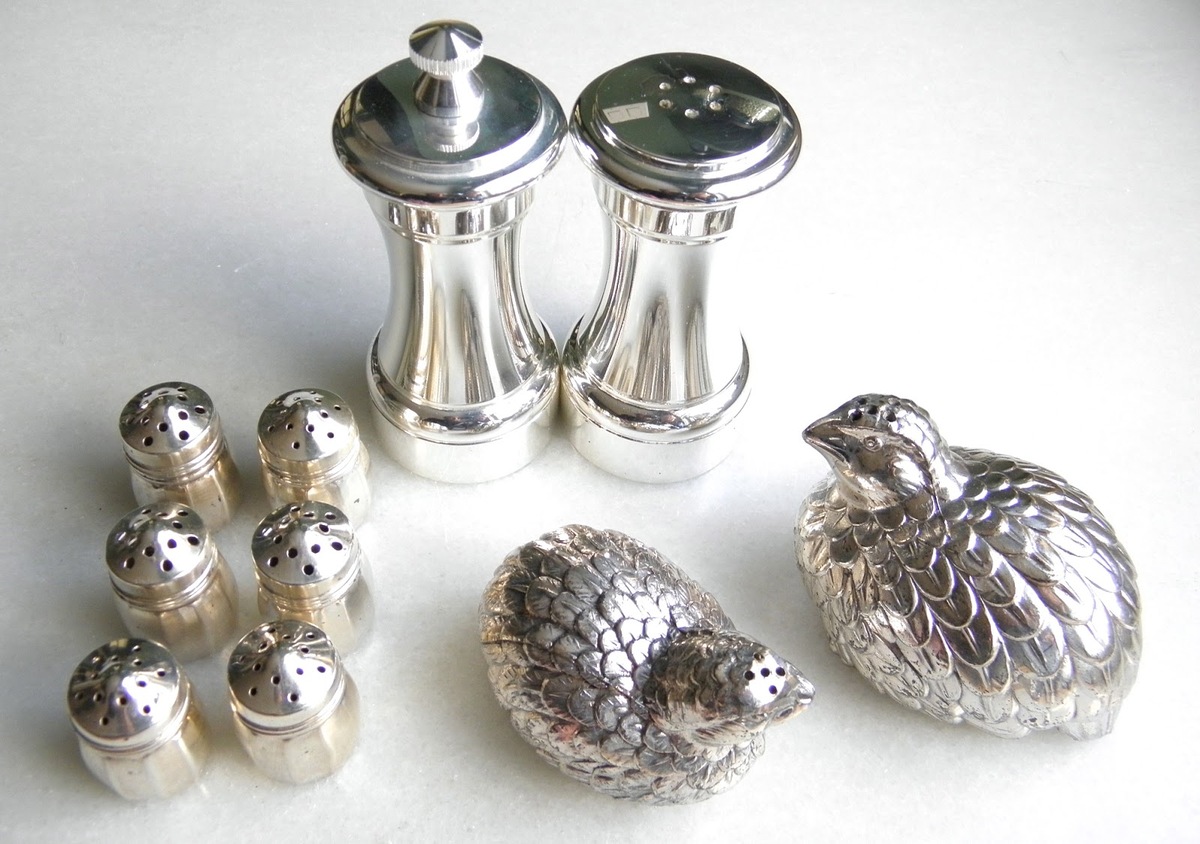
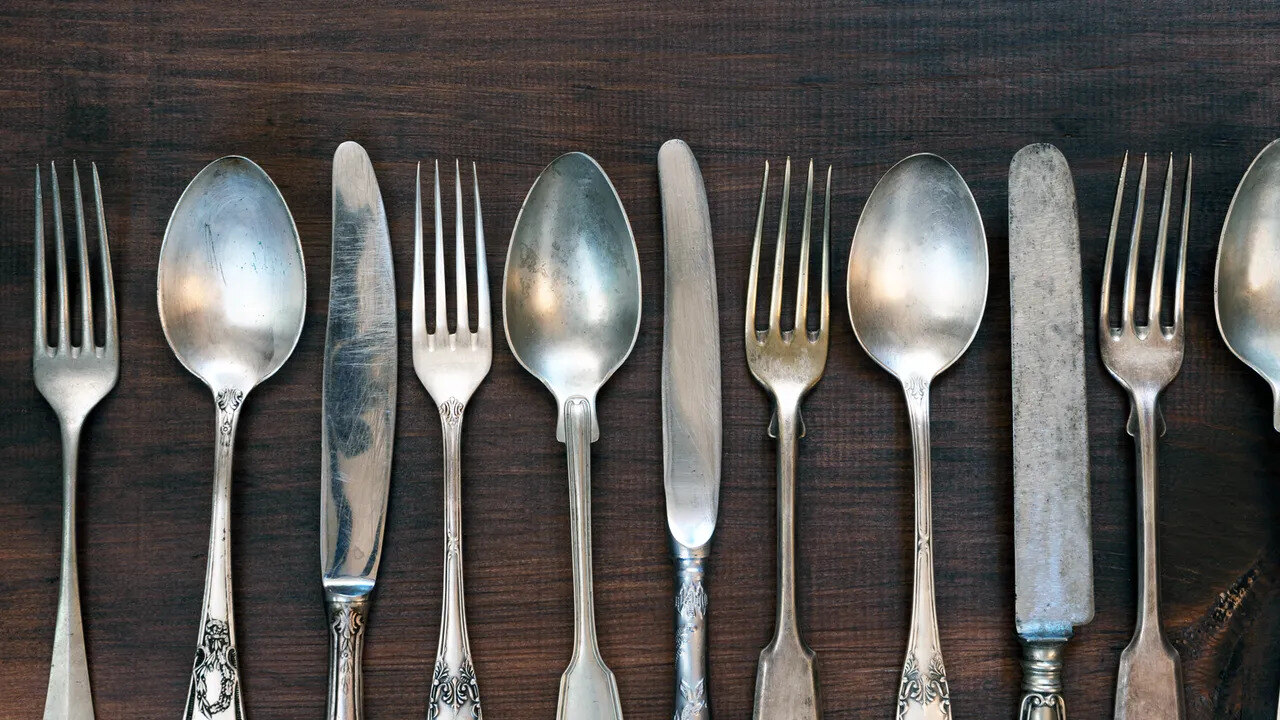
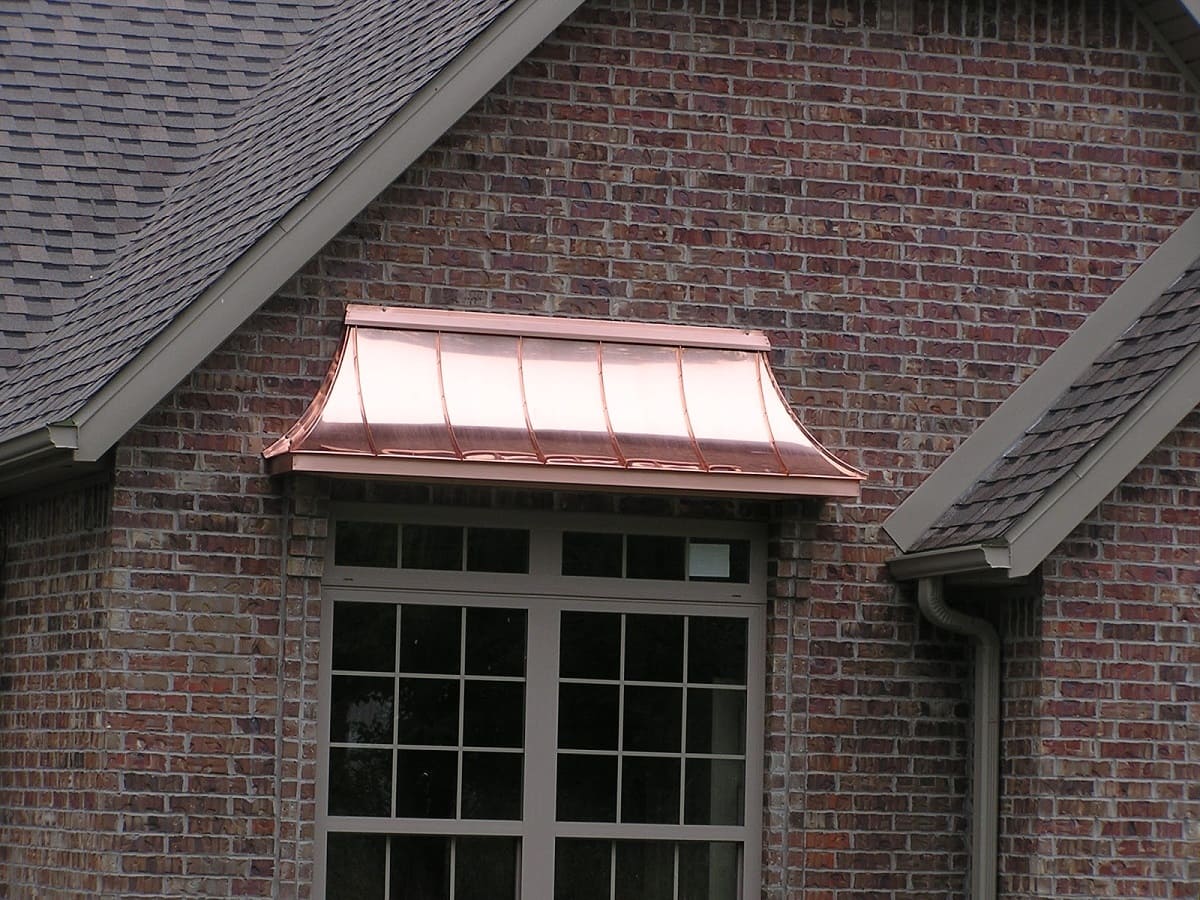
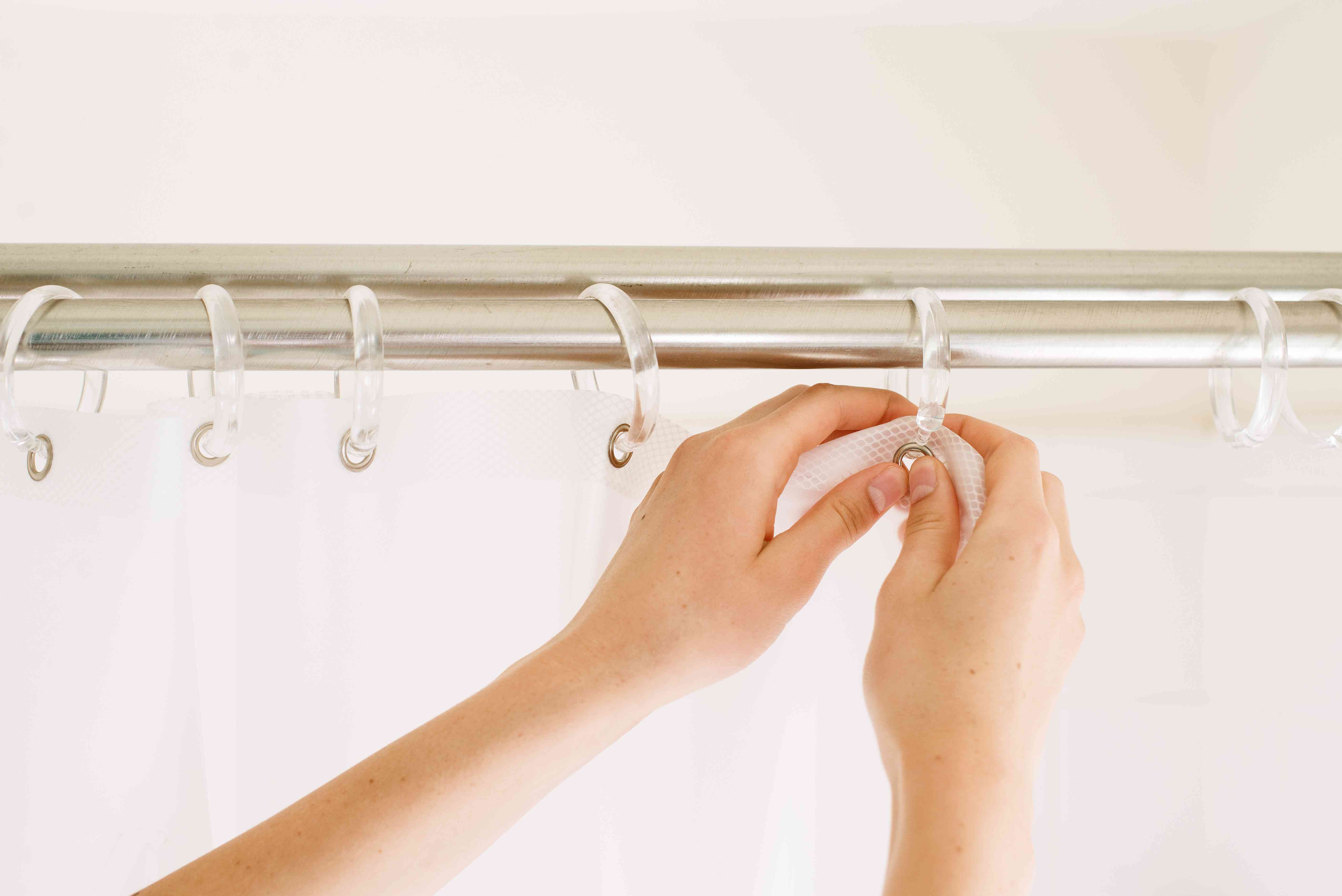
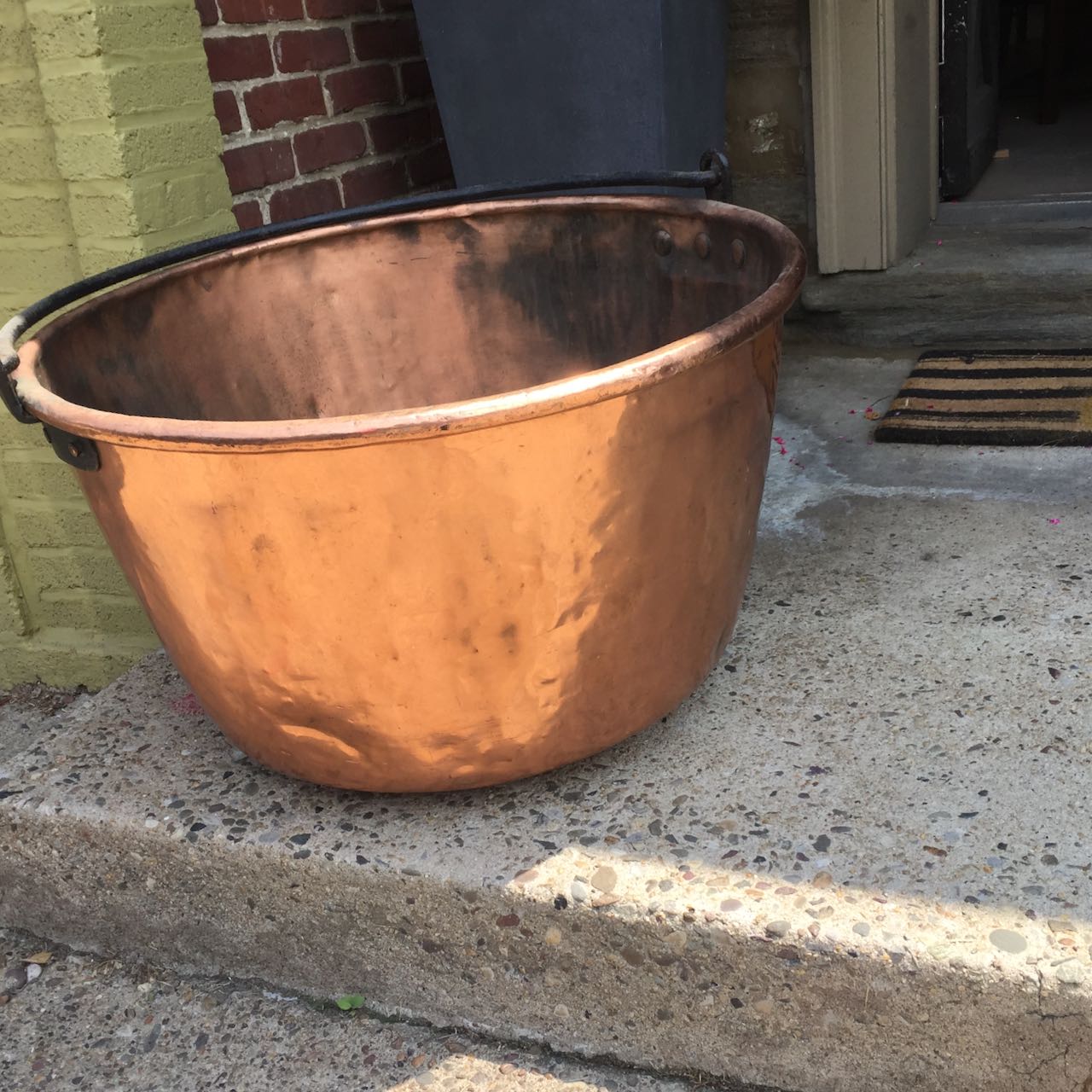

0 thoughts on “How To Clean Tarnished Copper To Restore Its Shine And Patina”